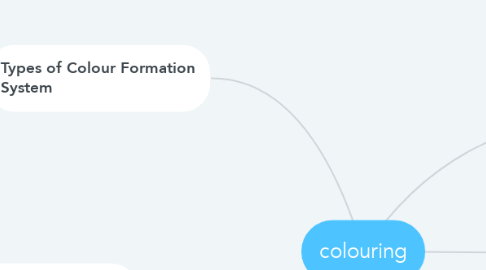colouring
by Jack Tee


1. forms of colourants -Dye -Pigment
1.1. Dye Dye -dissolution -soluble in some part of the food product
1.2. Pigments -dispersion -pigments are not soluble
2. Factors to Considerate
2.1. -background colour -acid stability (pH of product) -heat stability (temperature) -production/processing -light stability (packaging material) -shelf-life -interactive ingredients (Ca2+, ascorbic acid, water source) - Cost of colourants
3. Types of Colour Formation System
3.1. 1.Dispersion - Oil dispersion -Sugar Syrup dispersion -Glycerine dispersion 2.Emulsions 3.Liquid solutions 4. Blends 5. Spray dried products
4. natural colour
4.1. -obtained from fruit, vegetable, animal and mineral sources -examples: β-carotene, caramel, grape skin extract, fruit and vegetable juice, chlorophyll, elderberry, radish, saffron
5. synthetic colour
5.1. -colour compounds produced by chemical synthesis -must conform to the high purity specifications established by the Food and Drug Administration
6. Caramel
6.1. Classes of Caramel Colours -Class I -Class II -Class III -Class IV
6.1.1. Class I -Plain caramel -used in alcohols (whiskeys, tequilas and rums) -No ammonium or sulfite salts used -strong aftertaste flavour profile -mild aroma
6.1.2. Class II -used in alcohol products -mild flavour profile -mild aroma -excellent red tone
6.1.3. Class III -used in meat applications -mild flavour profile -mild aroma
6.1.4. Class IV -used in baking -very mild flavour profile -bland aroma

